NFTs are some of the most sought-after assets in today’s market and for a reason. After a little dip during the pandemic, it is getting back on its feet, ready to fight again for the top spot in the investment rankings.
Of course, it is not the same NFTs we saw just a few years ago. This concept has proven helpful and has largely developed since the early days of 2014 when it first came to fruition. Nowadays, you can get an NFT collection for millions of dollars, and the most popular NFT marketplace are selling those items for absurd amounts.
So, to help you with minting your NFT, we’ve prepared a quick guide on how much it costs to mint NFT on Polygon, one of the leading blockchains on the market, and a much cheaper alternative to the most popular in the NFT space, Ethereum.
We will discuss the NFT creation, the NFT minting fee, and everything that goes into the NFT pool. We hope that with our help, you can set off your NFT project with no issues whatsoever. So, without further ado, let’s go over some basic concepts before diving into the meat of the matter.
What Is Polygon?
Polygon, also known as MATIC in the “old” days, is a blockchain launched in 2017. It was launched in order to connect all the Ethereum-based projects and help with the flexibility of it while keeping it as secure as with the case of the Ethereum blockchain.
The main token on this blockchain is called MATIC, and it’s compatible with Ethereum and other connected currencies. It is mostly used in order to pay for all the transaction fees that are happening on the blockchain itself.
The basic model that the whole blockchain is based on is the proof-of-stake mechanism. It basically means that the participants in the block itself are agreeing not to sell MATIC coins outside of the Polygon network in order to validate it.
Polygon vs. Ethereum

So, what is the connection between Ethereum and Polygon that is so important? Well, the whole concept is called the blockchain trilemma. It means the connection between the most important aspects of the blockchains, which are decentralization, security, and scalability. And here lies the connection between Ethereum and Polygon.
Every blockchain has its problems, and you can clearly see the issues of the current version of Ethereum. Mainly – its scalability and the speed of transactions. It is problematic in the sense that it is not competitive enough, and we cannot really step up to the number one spot currency.
And here comes the Polygon, as a great solution to the Ethereum problems. It is fast, rather cheap, and has a lot of scalability. Ethereum is one of the most secure blockchains on the whole market, but the fact that it is so big and strong makes it that much harder to be competitive.
With Polygon, you can go around this problem easily and help Ethereum, where it can’t be as good as the others. With a proof-of-stake kind of model and a closed market, you can do everything much easier. In the case of a very secure Ethereum, you need a lot more work in order to secure every single token.
How to Mint NFTs?
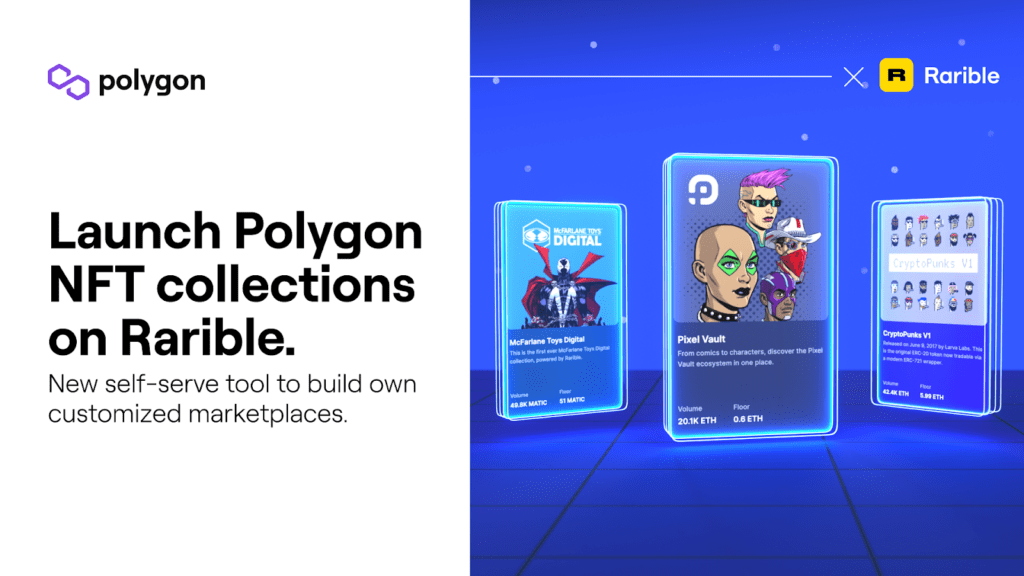
So, now that we know what we are dealing with, let’s go over the NFT minting process in order to find out how to create NFT.
Create a Crypto Wallet

First of all, you need to create or go into your crypto wallet and connect it to an NFT marketplace of your liking. Depending on the type of marketplace, it will be a rather simple process.
Some of the most popular NFT wallet you can get can come from Coinbase and MetaMask.
Add the File
Next thing you want to do is add the digital file to the marketplace and add all the additional information. Then, you will be asked to add a royalties fee that will be transferred to your account every time the NFT is sold at the secondary market. It is usually around 5-15%.
Add Cryptocurrency
The next thing you want to do is buy some crypto to pay for all the gas fees. Choose the currency of your liking and add them to your crypto wallet.
Sell NFTs
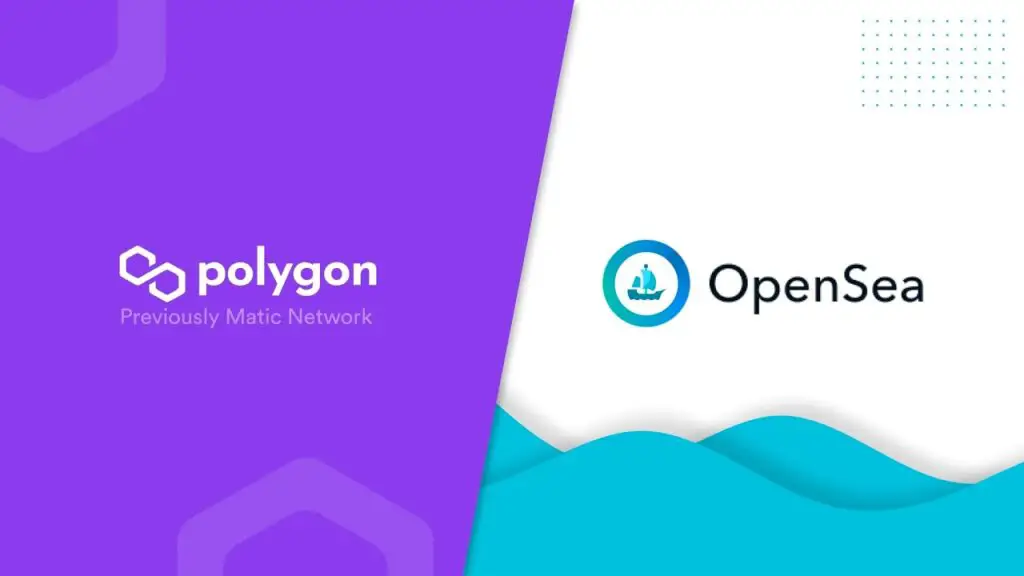
Next step is…selling your NFT. It’s a pretty straightforward process. You need to remember that the most important aspect of NFTs is marketing. Without it, you will not be able to monetize any asset you have simply because you will not have enough clout to make a story about it.
It is not the most detailed images that get recognition, but those that are the most interesting, surprising, intriguing, and fascinating. Those NFTs are the ones who are selling like crazy simply because people want to know more about them. They see something in these artworks that speaks to them, like in the case of CryptoPunks. Or, like with the infamous Bored Ape Yacht Club, which has become a status symbol. And all of those things are for sure monetizable.
On average, it takes from five cents to over one hundred and fifty dollars to create an NFT. It depends on many different factors, as we’ve stated before.
How to Use Polygon for Minting?

So, let’s go over the topic at hand which is – the cost of minting NFT on the Polygon blockchain. So, where should you start? What are some ideas on creating NFT with Polygon, and do you need a special wallet to do that? We will answer all of those questions and more!
OpenSea
First of all, the best thing about minting NFTs on this blockchain is that it uses the one, the only, the biggest NFT marketplace ever created – OpenSea. You can start by creating a special account in order to get around all the necessary steps before coming back here.
Free Minting
Another great thing about this particular blockchain is that you can mint and list your NFTs completely free if you decide to use this one. Additionally, there are no upfront costs that you will be facing, as the lazy minting option is the default if you choose the Polygon blockchain.
Also, you will not be required to pay listing fees, although the 2.5% service fee deducted from the NFT price will still stand. And – it will be in ETH, so keep that in mind if you want to get into this business.
Marketing, Marketing, Marketing

And finally – marketing on this network using Polygon is very easy. Of course, OpenSea will not recommend your work straight away, but you will be searchable for sure, and that is a big thing when it comes to NFT selling.
Another thing you may want to do is to find out all the Telegram, Twitter, and Discord server groups and everything available to create the hype for your NFT. Whether it’s digital art or something else, you can create a following if you are dedicated to your craft and can provide some value to people’s lives, or just can think of something so unusual that everyone will just have to take you into consideration.
What Are the Costs of Minting NFTs?

So, now that we all know what to expect when minting NFTs, let’s talk about how much we should pay for this token. There is no answer one way or the other, as everything depends on the current gas prices, which cryptocurrency we are using, etc. Many variables and transaction costs should be considered, and they are changing rapidly, as the whole crypto world, so it’s impossible to say exactly.
But, we can tell a more-or-less version of things that should give you a better understanding of what you should expect and how not to get scammed in all of this.
First of all, you need to remember that you should think about your end goal. What are you trying to achieve with these tokens? Is it your life’s work, and can you support your living situation with this? Or maybe it’s something that you do from time to time without thinking too much about it? Depending on your answer, it will change the overall cost outlook for your work.
Currency
First, find the currency you want to use to create your digital token. NFT minting costs are highly dependent on the current situation in the market. Thus, if you choose the very expensive Ethereum, you may access a lot of markets. However, it will also bring your whole operation a bit down, as you will need to pay a lot of money even to have an NFT in the first place.
NFT Marketplace
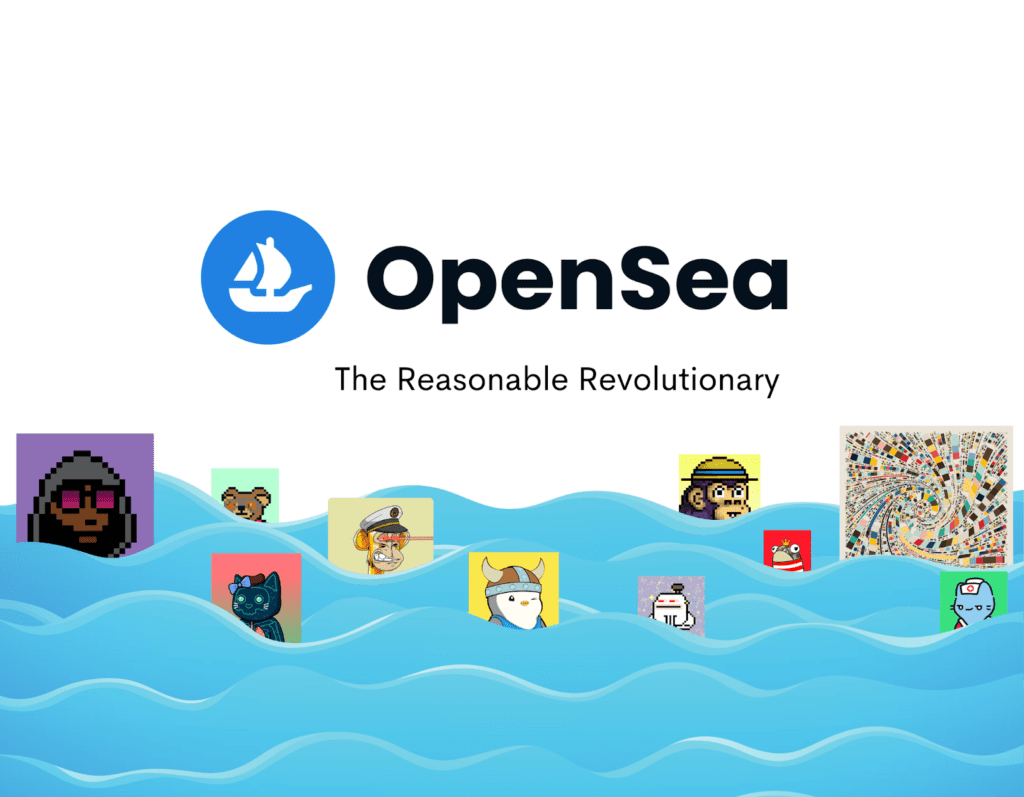
Next thing you need to understand is the NFT marketplace you want to access. It may seem silly, but it can make or break your assets if you put them in a sub-optimal place where no one can see them. Be sure to start with the larger players if you don’t have a clear understanding of what this market is that you are going into. Whether it’s Binance, OpenSea (the biggest NFT marketplace), Rarible, or Nifty Gateway (popular NFT marketplace for high stakes players), those are safe bets that will not disappoint you.
Gas Fees

Next thing to take into consideration are the gas fees. Sometimes they are high, sometimes they are low, but one thing stays the same – they are inevitable. Of course, you can use the lazy minting option, but it does not cancel those fees, just puts them on a different party.
It’s like a service cost, you pay it in order to use it. Each currency has a gas fee price, which can differ quite a bit. In this article, we will be speaking mostly about Polygon, as this is one of the cheapest ones, but there are plenty of others you should investigate when considering getting into this market. This is not the only way of minting NFT, and we will get to the other aspect in the latter part of this article.
Account Fees

Another important factor to consider is the account fee associated with the chosen NFT marketplace. Typically, these fees tend to be relatively low. However, it is crucial to check the fee structure in advance to avoid any surprises. You might have planned to mint your NFT collections based on a low account fee assumption, only to discover that accessing them requires a substantial payment.
Listing Fees
You should also consider a listing fee when minting an NFT. It is usually pretty low, but it can be a nuisance, especially if you are listing a lot of NFTs. Be aware of this issue, as it can quickly become a problem. It’s usually around 2.5%, at least for OpenSea, but it is similar in most cases.
Lazy Minting
And – if you don’t want to pay gas fees – you don’t really have to. But it comes with a price of its own. There is this concept called lazy minting. It basically means that the token of ownership is being created in the moment of buying an NFT. What it means is that you are putting the costs of minting on the client.
It may seem great at first because, as an NFT creator, you will not have to endure those costs, but it also means that your NFTs will be a lot higher priced. The choice is yours. Sometimes you can have much better results minting it by yourself if you have acquired, for example, some coins for a good price.
FAQ
What Is an NFT?
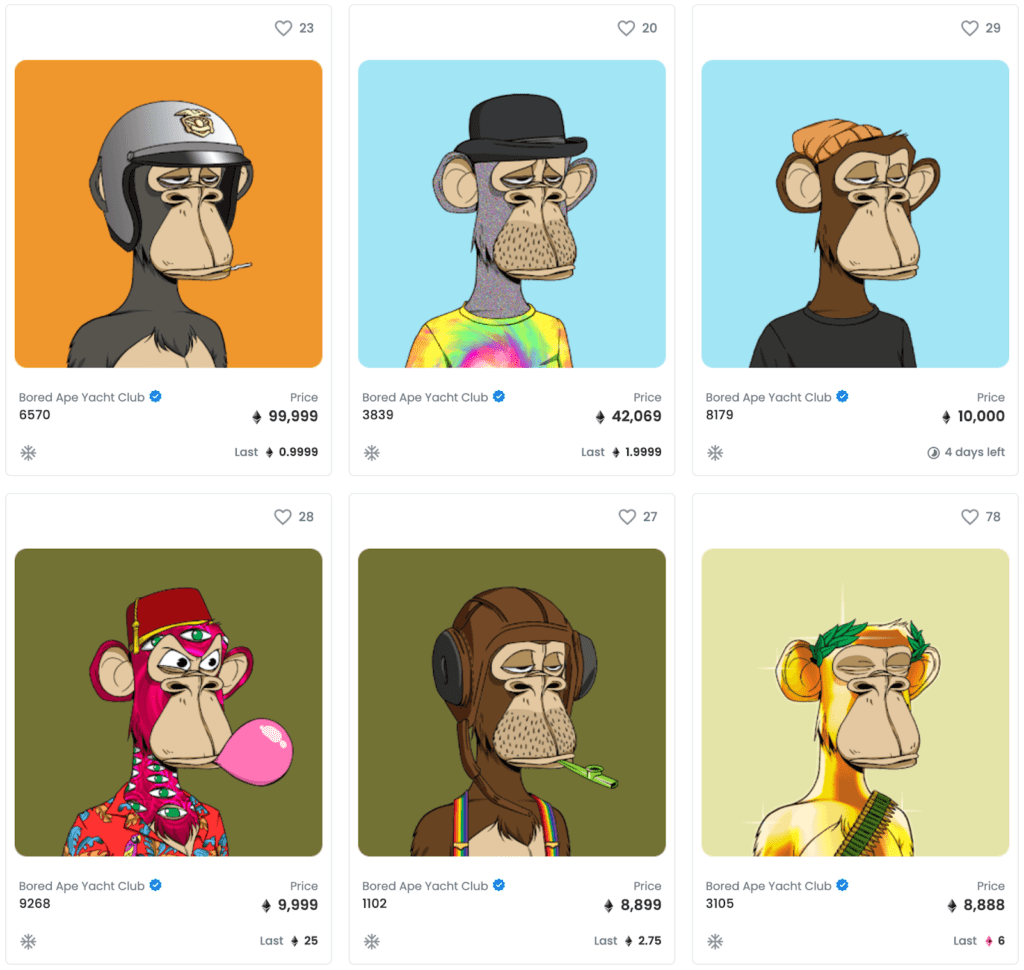
First, let’s describe what NFT is, as many people still seem confused about it. The concept itself is pretty simple. NFT stands for Non-Fungible Token. You cannot sell or transfer an NFT anywhere in exchange for another NFT. It does not mean that you cannot sell it, only that you cannot exchange one for another. It would be like swapping Mona Lisa for the Last Supper. It wouldn’t make any sense.
On the other hand, we have fungible tokens and cryptocurrencies that you can easily exchange for each other without changing the essence of it. It doesn’t matter if you have the cryptocurrency A or B; the only important thing is that you are the owner of X amount of those tokens.
Many different things can represent NFT; the only condition is that it can be a transferable digital assets. So, it can be a video, audio, picture, or anything in between. What makes the single NFT special is the fact that it is a singular and unique version of the digital asset. It means that if you have the NFT version of Mona Lisa, for example, you have the original, and all the others are copies of your version.
But how do you accomplish that? Through a process called minting. NFTs are connected to the blockchain transactions made on all the most popular NFT marketplaces. To mint an NFT, you need to put it on the blockchain so that everyone can access the information of the owner and the NFT cost.
How to Create an NFT?
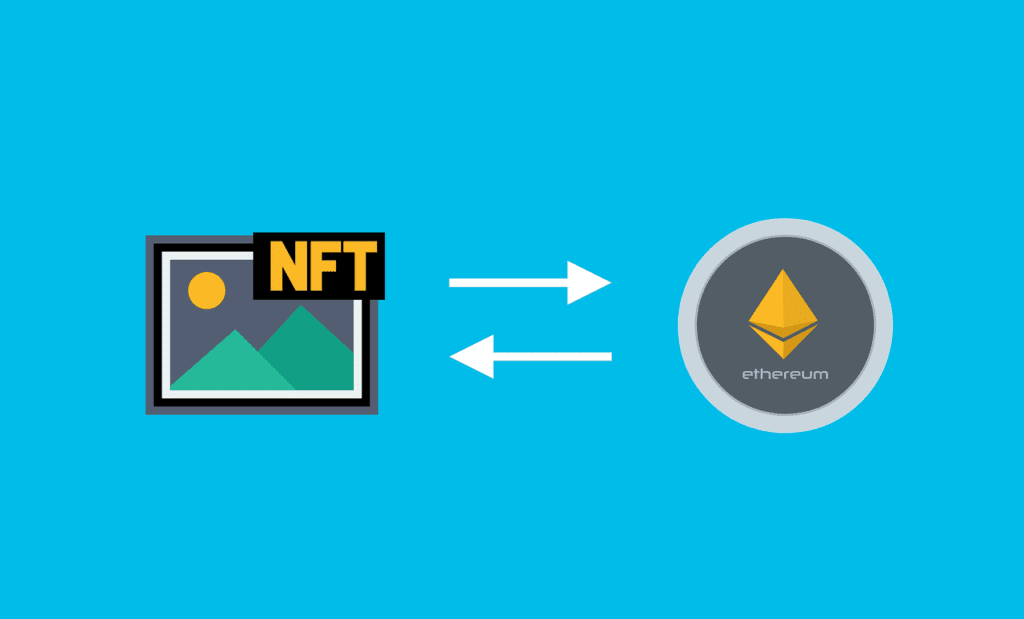
As we’ve mentioned before, the cost of creating an NFT comes from minting. How does it work? Well, you simply take a digital asset you want to turn into a new NFT and then put it on a blockchain to sell it or keep it there.
To put it on the blockchain, you need to pay a gas fee for all the miners out there who are keeping the blockchain alive. It is the only way to ensure that your NFT transaction will go through, as this big block of chains ensures that everything on the blockchain is legit.
What Does it Mean to “Mint” NFTs?

So, how does this process work? Well, there are a couple of steps you need to take in order to create NFTs through this process. Polkadot, WAX, Ethereum, Tron, Cosmos, Tezos, EOS, Flow, Polygon, and Binance Smart Chain are the most popular blockchains used for the purpose of minting NFTs. Remember that not all blockchains support NFTs, so be sure to check them out before you decide to choose one of them. Also, not all minting prices are the same, so keep that in mind.
How does it work? After paying a gas price and setting all the royalties, names, you are free to use your NFT however you want. But, as you probably have already guessed, it is not like you are sending a picture into the cloud, and it stays there until someone else buys it. What you are selling or buying is essentially a token of ownership. You can additionally get the digital package from the creator or reseller. Still, the most important thing NFT artists want to have is the title of the ownership of this particular image, for example.
Minting and creating NFTs also allows all the participants in the market to view your token and its history. That way, they can see who the owner is, what prices were set for this particular token, and if it’s a part of some bigger collection. Everything can be accessed through the smart contract, which is essentially the same as a regular contract, but with the “smart” element of being on a blockchain and accessible by the public.
How Much Does it Cost to Mint NFT on Polygon – Conclusion
So, we are at the end of our journey through the many things NFT minting offers. This is a rather longer introduction to the topic at hand, but we’ve decided to present to you the wider scope of elements that may be important to the overall understanding of the NFT space as a whole.
The main concept is pretty simple: creating your NFT can depend on a variety of factors. The most important are the price of your cryptocurrency, the condition of the market as a whole, and an NFT marketplace you decide to use. Sometimes it can even be such crazy thing like the time of day when you are minting your NFT art.
In short, if you decide to choose the Polygon network, you can mint your NFT for free of cost, with only 2.5% of the service fee you will have to endure while using an OpenSea platform. You can purchase NFTs on different accounts, using different platforms with some minimal risk, or go for some high-demand users how want to have some advanced collectibles that no one had. The choice is yours.
Of course, there are some disadvantages to using Polygon, like – it may not be the most popular blockchain ever created, and you will probably be limited to using mostly OpenSea. On the other hand, it’s the biggest NFT marketplace, so you will not miss out on much if you choose this one.
That is it for today. Thank you so much for stopping by; we will see you at the next one. Take care!